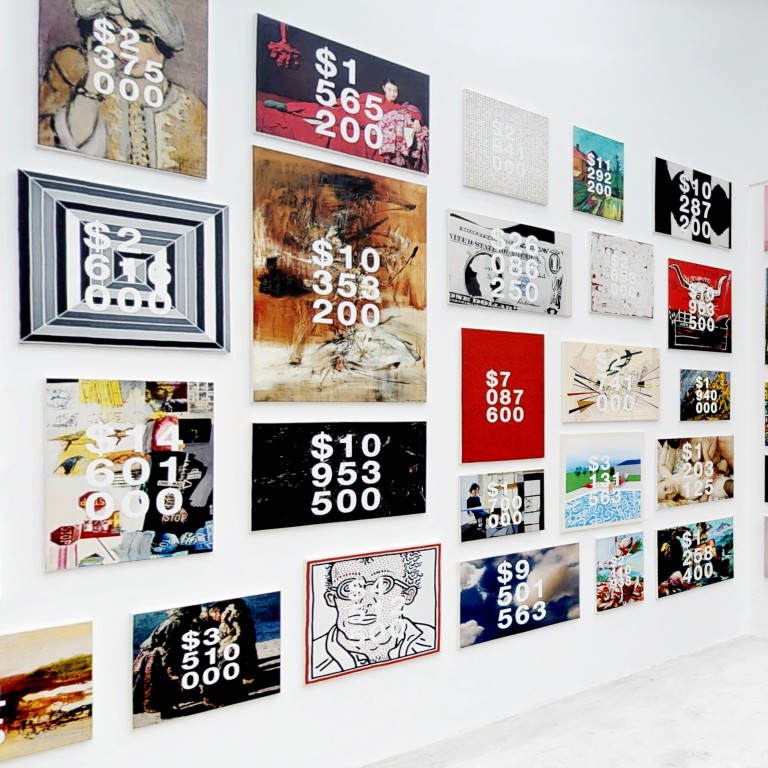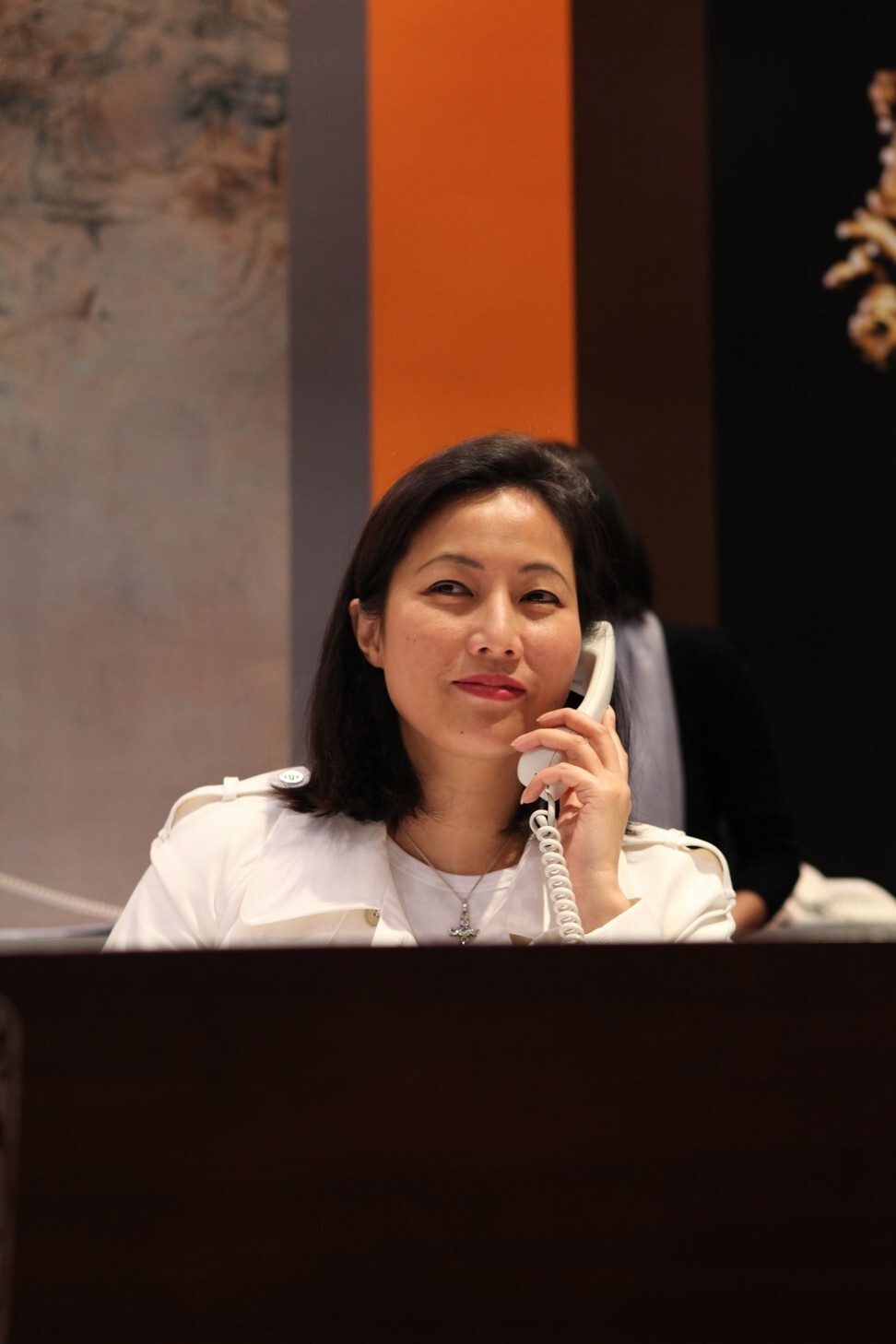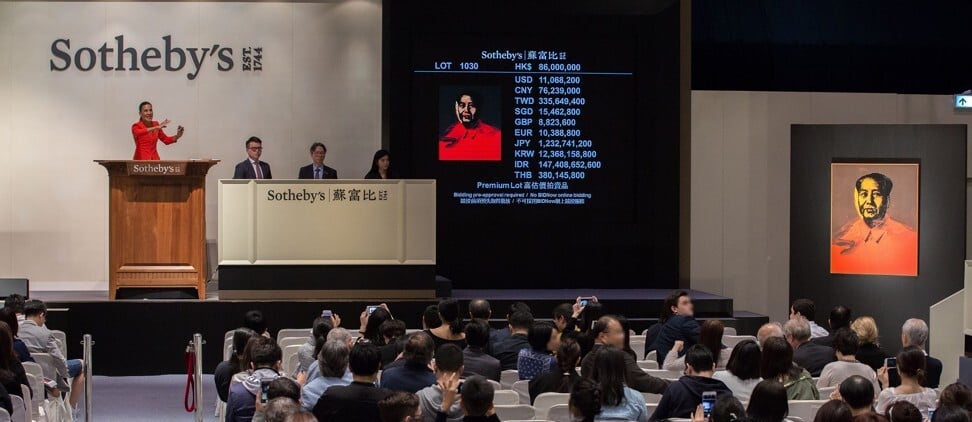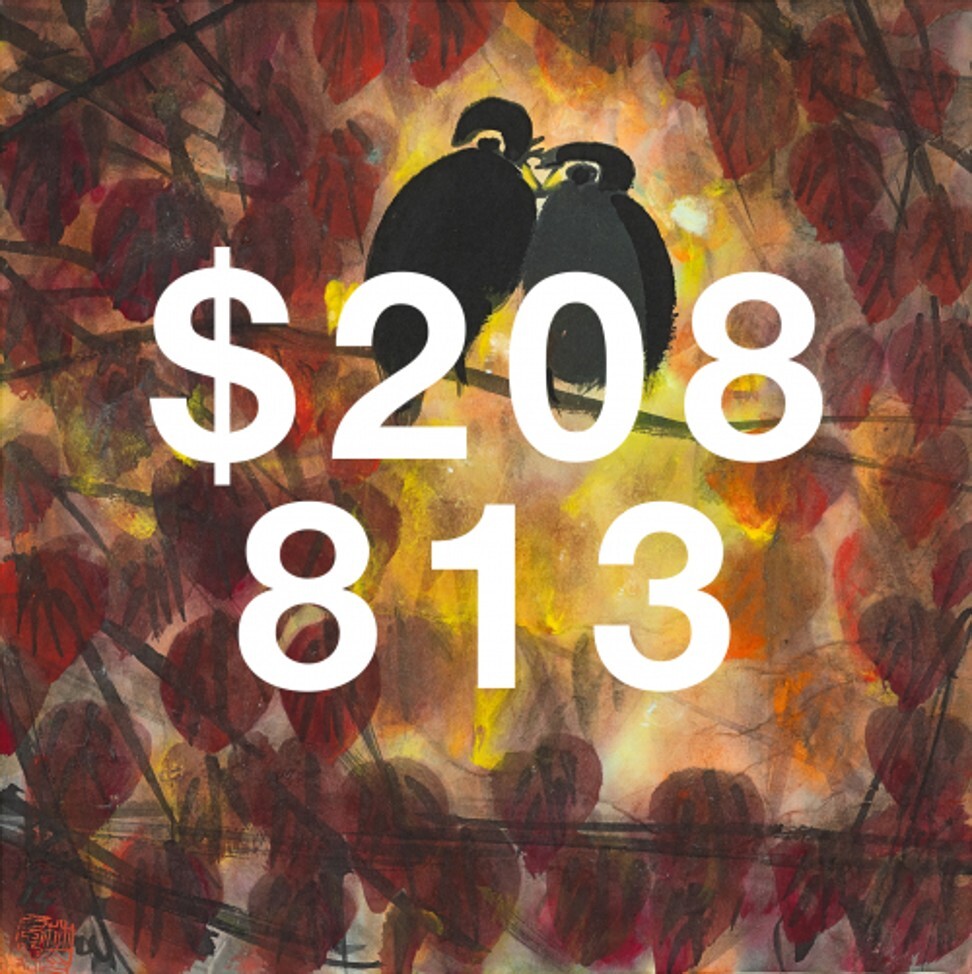
Hong Kong’s art auction market is even more opaque in the post-Covid-19 era, something needs to change
- Inhibitions about buying art sight unseen online are no longer an issue, it would seem
- Italian artist-cum-activist Paolo Cirio is highlighting the lack of transparency with his ‘Art Derivatives’ project
Patti Wong, chairman of Sotheby’s Asia, says 80 per cent of bids in the house’s May 23 “In Confidence” mixed-categories auction were made by those who saw the objects online, even though locals could go to the physical preview at Sotheby’s’ Hong Kong office.
Recently, commercial galleries have started to use Sotheby’s’ website to sell art, further blurring the line between primary and secondary markets.

Sotheby’s used to be a listed company whose public disclosures helped shed light on the complex financing arrangements within the industry. Now in private hands, its Hong Kong office offered 13 lots, including a Qing-dynasty celadon vase, a Zao Wou-Ki triptych and a cask of 1973 vintage whisky, under a new, experimental model.
Bidders submitted written absentee offers by a certain date. Next, Sotheby’s reviewed the offers and encouraged prices to go higher by giving those who have been outbid a chance to raise their offer before the deadline. This is all held behind closed doors, anonymously, and the final results undisclosed.
In the words of Charles Stewart, the newish CEO of Sotheby’s, this was a new “hybrid” that “married the discretion of a private sale and the urgency of an auction”.
Economic uncertainties last year had already driven more sales underground, with sellers keen to avoid their consignments being “burned”, or left unsold in a public manner. They will definitely be more nervous this year.
The obscurity of the art market is nothing new, but the fact that it’s getting worse has prompted artist-cum-activist Paolo Cirio to do something about it. The Italy-born artist, who has targeted social media giants before, has launched a project called “Art Derivatives” to undermine the glamorous spectacles that are the annual spring and autumn art auctions.

Apart from hurting the economy by allowing the flow of vast sums of illicit money, the auction houses’ growing collaboration with the primary market gives them even more power, to the detriment of most artists. The anonymity of buyers and sellers also creates the perfect platform to manipulate demand for certain artists.

“You only see a small number of artists featured in auctions at any one time and they are selected purely for financial reasons,” Cirio says. “Some artists who are in auctions are also hurt by this system because they have no control if their works end up being flipped for profit.”
For “Art Derivatives”, he has collated the results of a number of recent Sotheby’s auctions – he plans to look at other auction houses in the future – and created blockchain contracts based on those sales as a way to “short”, or bet against, any increase in the value of the original artefacts.
On the website, digital images of the originals are superimposed with the US dollar auction price and sold with digital IDs that prove ownership. The cost? Just 0.001 per cent of the auction price (rounded up to two decimal places). So the “derivative” (technically a work of art by Cirio) based on Lin Fengmian’s 1980s painting Whisper, which was sold on October 6 at the Sotheby’s modern art sale for HK$1.625 million (US$208,813), is on sale here for US$2.09.
That value will increase with time, more so if the original work loses value or fails to sell at auction over the next five years. These are not “derivatives” that will move the art market, of course, but a symbolic vote against the extreme monetisation of artworks that auctions stand for.

“Consider the power of the #MeToo movement, and new rules controlling Swiss and offshore bank accounts. What used to be totally accepted can become unacceptable quickly, and I think demands for ethical values in the art market has come to a tipping point,” he says.
Maybe it has. Regulators in Europe and the US have been moving towards extending the more stringent anti-money-laundering requirements imposed on the financial industry to art dealers and auction houses. At some point, Asian regulators may feel pressured to follow suit. And that really will be a pin that finally pops the art-market bubble.

